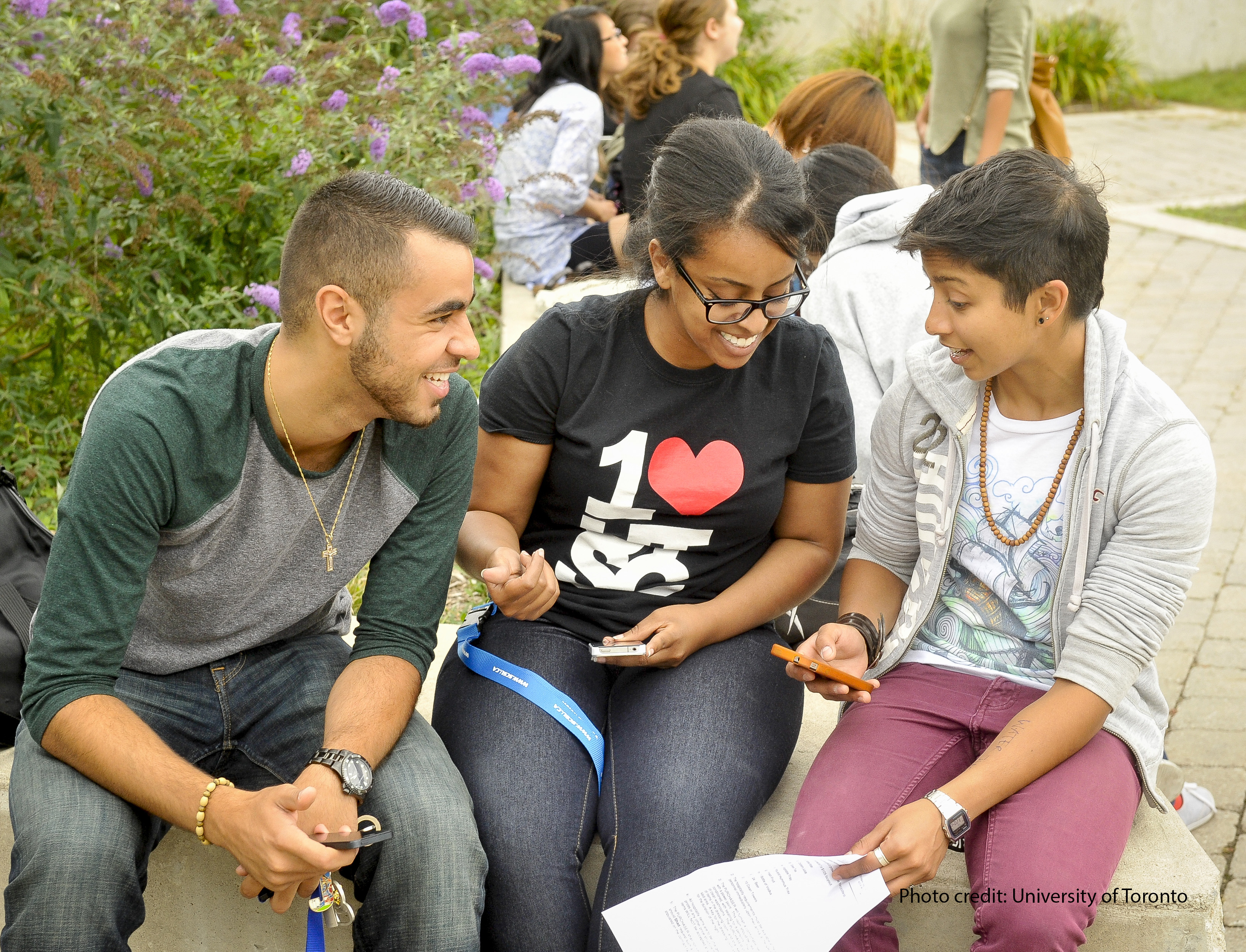Students have diverse sets of identities, and these can influence their educational experiences in a variety of ways. Previous NSSE Annual Results have explored some of these differences, and we revisited a few for the 2017 Annual Results as well.
There are gaps in HIP participation for first-generation students. Although the rates vary by institutional type, with students at baccalaureate colleges having much higher rates for HIPs in general, these gaps between first- and continuing-generation students persist. Further exploring the data, these gaps are also apparent for first-year students' plans to participate in many HIPs. In other words, for institutions to decrease this participation gap, they may need to focus on early interventions, information, and resources for first-generation, first-year students.

Looking more in depth at differences in engagement across race/ethnicity, patterns suggest that some groups are at an advantage in certain areas. Focusing on Quality of Interactions and Supportive Environment among seniors shows that some traditionally disadvantaged groups actually have higher engagement in these areas, as compared to the average student's response. However, these findings are somewhat different at Historically Black Colleges and Universities (HBCU) and Hispanic-Serving Institutions (HSI).

See more details about this study and results from the 2017 administration of NSSE here.
Annual Results--Director's Cut!
Not everything can be included in a publication as brief as the NSSE Annual Results. Here are some findings that didn't make the final cut!
HIPs for first-generation, first-year students:
For many HIPs, we see gaps in participation between first-generation and continuing generation students. First-generation students are generally at a disadvantage, with the exception of service-learning, where they have slightly higher rates of participation. In further exploring what these patterns of HIP participation look like at different types of institutions, we see that baccalaureate schools seem to be somewhat better at closing this gap for first year students, as compared with doctoral and masters' level institutions. For the baccalaureate schools, there are no significant differences for first-year students on research with faculty (5% for both groups) and learning communities (9% for both groups). First-year first-generation students also engage in service-learning at even higher rates at baccalaureate institutions, with 59% participation rate placing them substantially ahead of their non-first-generation counterparts.
Race/ethnicity and Engagement Indicators/Gains for seniors:
Previous NSSE Annual Results (2004; 2014) found differences in engagement by race and ethnicity, with some groups at an advantage in certain areas but with needed improvement in others. Many of these patterns continue with our most recent data. Compared to the average, American Indiana, Hispanic/Latino, and White students have less frequent discussions with diverse others, while seniors in the multiracial and "other" category are more likely to have these types of discussions. When looking at perceived gains, we also see some interesting patterns. Black, Latino, and Hawaiian/Pacific Islander seniors perceive more gains (compared to the average), whereas White, multiracial, and "other" seniors perceive fewer gains.


